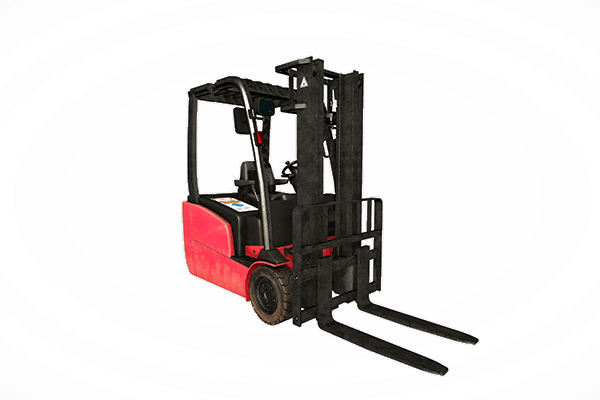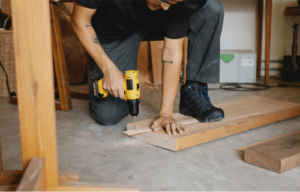Top Forklift Parts Every Operator Should Know About
Introduction
Forklifts are indispensable machines in warehouses, factories, construction sites, and various industrial settings. These versatile vehicles play a pivotal role in material handling, aiding in the movement of heavy loads efficiently. For forklift operators, understanding the key components of these machines is essential not only for operational efficiency but also for safety. In this article, we will explore the top Forklift Parts that every operator should know about.
- Forks
Forks are the heart and soul of a forklift. They are the load-bearing arms that slide under pallets or other materials to lift and transport them. Forklift operators need to understand the different types of forks, including their length, width, and capacity. Ensuring that forks are in good condition and properly adjusted is critical for safe and efficient material handling.
- Mast
The mast is the vertical assembly on a forklift that raises and lowers the forks. It consists of various components like the lift cylinders, chains, and rollers. Operators should be familiar with the mast’s controls and the importance of keeping it well-maintained to prevent accidents during lifting operations.
- Tires
Forklifts typically have two types of tires: pneumatic and cushion. Pneumatic tires are similar to those on cars and are suitable for outdoor use due to their shock-absorbing capabilities. Cushion tires, on the other hand, are solid rubber and are better suited for indoor, smooth surface applications. Operators should know the type of tires on their forklift and ensure they are properly inflated and free from damage.
- Counterweight
The counterweight is located at the rear of the forklift and serves to balance the load being lifted. Understanding the forklift’s load capacity and how the counterweight affects it is crucial for safe operation. Operators should also inspect the counterweight for any signs of damage or wear.
- Hydraulic System
The hydraulic system is responsible for lifting and lowering the forks as well as tilting the mast. Operators should be familiar with the hydraulic controls and be able to recognize any signs of hydraulic fluid leaks or system malfunctions. Regular maintenance of the hydraulic system is essential to prevent breakdowns and ensure safe operation.
- Fork Positioner
Some forklifts are equipped with fork positioners, which allow the operator to adjust the width of the forks to accommodate different pallet sizes. Knowing how to operate and maintain the fork positioner can significantly improve efficiency in material handling.
- Brakes
Forklifts are equipped with both service brakes and parking brakes. Operators should be well-versed in using these brakes effectively to stop and secure the forklift when necessary. Regular brake inspections and maintenance are crucial for preventing accidents.
- Steering Mechanism
Understanding the steering mechanism of a forklift is essential for maneuvering in tight spaces and ensuring operator safety. Forklifts can have different steering types, including conventional steering wheels or joystick-style controls, which operators must be proficient in using.
- Safety Features
Modern forklifts are equipped with various safety features, such as seat belts, horns, lights, and backup alarms. Operators should always use these safety features to prevent accidents and ensure a safe working environment.
Conclusion
Operating a forklift safely and efficiently requires a deep understanding of its key components and their functions. Forklift operators should be well-versed in the parts mentioned above, as well as their maintenance requirements. Regular inspections, preventive maintenance, and adherence to safety protocols are essential to ensure that forklifts remain reliable tools in the industrial workspace while minimizing the risk of accidents and injuries. Proper training and ongoing education for forklift operators are also critical to maintaining a high level of competence and safety in the workplace.



